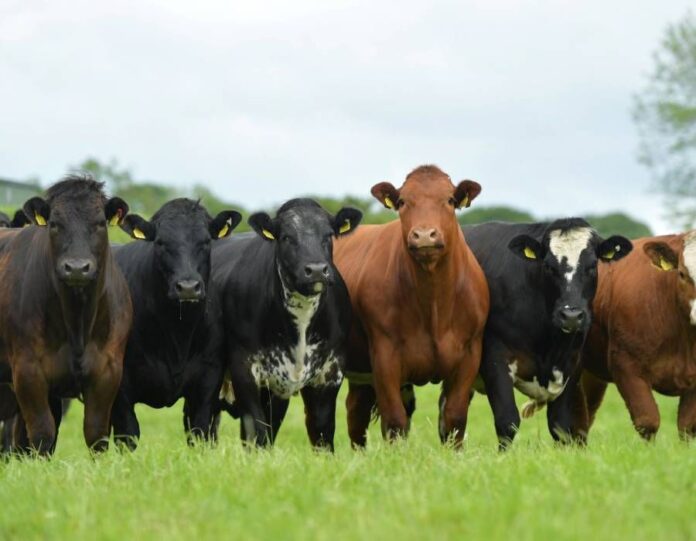Farmers’ individual ‘GAEC 8’ and ‘Eco-Scheme Space for Nature’ indicative estimates are now available on AgFood, the DAFM has confirmed.
It has made the data available to farmers to help them plan for the new CAP, which will come into effect on January 1st, 2023.
According to a DAFM spokesperson, the CAP Strategic Plan 2023-2027, GAEC 8 requires a farmer to devote 4% of eligible land to biodiversity and landscape protection.
The 4% conditionality is a requirement for the Basic Income Support for Sustainability (BISS) payment in 2023.
Under conditionality, GAEC 8 estimates exclude Commonage, Forestry, GAEC 2 (wetlands and peatlands) and GAEC 9 (Environmentally sensitive permanent grassland).
Herds with only GAEC 8 excluded lands will be deemed to automatically meet their GAEC 8 conditionality requirement, the DAFM explained.
Linear features such as hedges, drains, stonewalls and margins in arable parcels and area features such as habitat, patches of scrub, rock, copse/trees, and woodland can qualify as contributing features to a farmers’ ‘GAEC 8’ and ‘Eco Scheme Space for Nature’.
Space for nature
Under the new eco-scheme agricultural practice 1, if a farmer has at least 7% space for nature on their holding, this will count as one of the two required practices to receive an Eco-Scheme payment, the DAFM says.
Under the enhanced option for Agricultural Practice 1, if a farmer has at least 10% space for nature on the holding, this will count as two eco-scheme practices and will qualify for a full eco-scheme payment.
The spokesperson noted:
“Native trees/hedgerows planted in 2023 under agricultural practice 4 in the eco-scheme will not contribute to the space for nature percentage for the current year. This may contribute to space for nature for subsequent years.”
Actions
According to the DAFM, the following actions funded under the Agri-Climate Rural Environment Scheme (ACRES) will not contribute to ‘GAEC 8’ or the ‘Eco-Scheme Space for Nature’ requirement:
- Planting a new hedgerow;
- Tree belts for ammonia capture from farmyards;
- Tree planting;
- Planting a traditional orchard;
- Planting trees in riparian buffer zones.
Eco-schemes are being proposed for the first time as part of the next Common Agricultural Policy (CAP). They will be funded by ring-fencing 25% of Ireland’s direct payments allocation.
The aim of Ireland’s eco-scheme, the DAFM stated, is to reward farmers for undertaking actions beneficial to the climate, environment, water quality and biodiversity.
Farmers will receive a full eco-scheme payment where they commit to and deliver two of the eight agricultural practices on eligible agricultural land, except where they undertake an enhanced practice. This, on its own, the DAFM outlined, will attract a full eco-scheme payment.
Access your estimates
On AgFood, farmers and their advisors can now view their individual GAEC 8 conditionality and ‘Space for Nature’ indicative estimates.
A spokesperson for the DAFM said:
“This will assist farmers in planning as to the most suitable practices for them to undertake in 2023 in the eco-scheme.”
“However, this is the preliminary assessment of a farmer’s estimated space for nature. Farmers will be asked to confirm or make changes to these features as part of their 2023 BISS and eco scheme application.”





